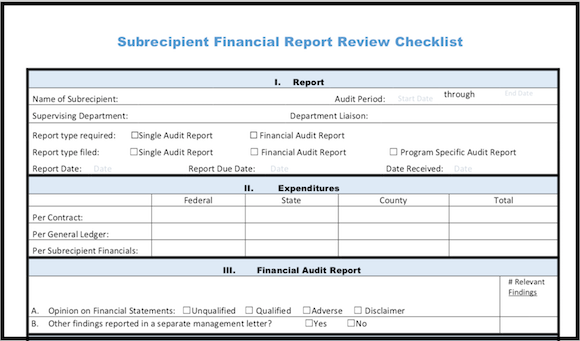|
Organizations that collect significant amounts of cash go to great lengths to keep their own employees from stealing from them. As an article on Fortune explains, US retailers are especially affected by losing cash through employee theft, and Forbes reports that “dishonest employees steal over six times the amount stolen by shoplifters.” It’s thus critical that businesses put in place internal cash handling controls. Internal controls over employees who collect cash are often visible in venues such as big box retail stores, movie theaters, parking lots, and golf courses. Governments can learn some lessons from these private sector organizations on how to help make their cash collections safer. Here are the 3 most important internal controls to implement that affect the point of cash collection:
Private-Sector Cash Collection Control Examples:
Every day, you see examples of internal cash handling controls that organizations use to protect themselves from theft by their own employees, although you may not always recognize them:
Internal cash collection controls like the ones described above are necessary when employees are handling large amounts of cash because, unfortunately, a percentage of people will steal if given the opportunity and chances of getting caught are slim. Government operations that collect significant amounts of cash need enough visible internal controls to lessen the temptation by making sure employees know that someone is paying attention.
Want to know what happens if you commit one of the seven deadly cash handling sins? Read our recent four-part series here: The Seven Deadly Sins: Controls Over Cash Handling.
For a personalized consultation, or more help on the best cash handling practices, please contact me directly at: kharper@kevinharpercpa.com (510) 593-503
For continued tips on successfully implementing internal cash controls and more, subscribe join our mailing list here! (We will never spam you – promise!).
Comments
|
The Government Finance and Accounting BlogYour source for government finance insights, resources, and tools.
SEARCH BLOG:
Meet the AuthorKevin W. Harper is a certified public accountant in California. He has decades of audit and consulting experience, entirely in service to local governments. He is committed to helping government entities improve their internal operations and controls. List of free Tools & Resources
Click here to see our full list of resources (templates, checklists, Excel tools & more) – free for your agency to use. Blog Categories
All
Need a Consultation?Stay in Touch! |
Search Across Entire Site:
HELPFUL LINKS:
|
461 2nd Street, #302
San Francisco, CA 94107 (510) 593-5037 KHarper@kevinharpercpa.com |






 RSS Feed
RSS Feed